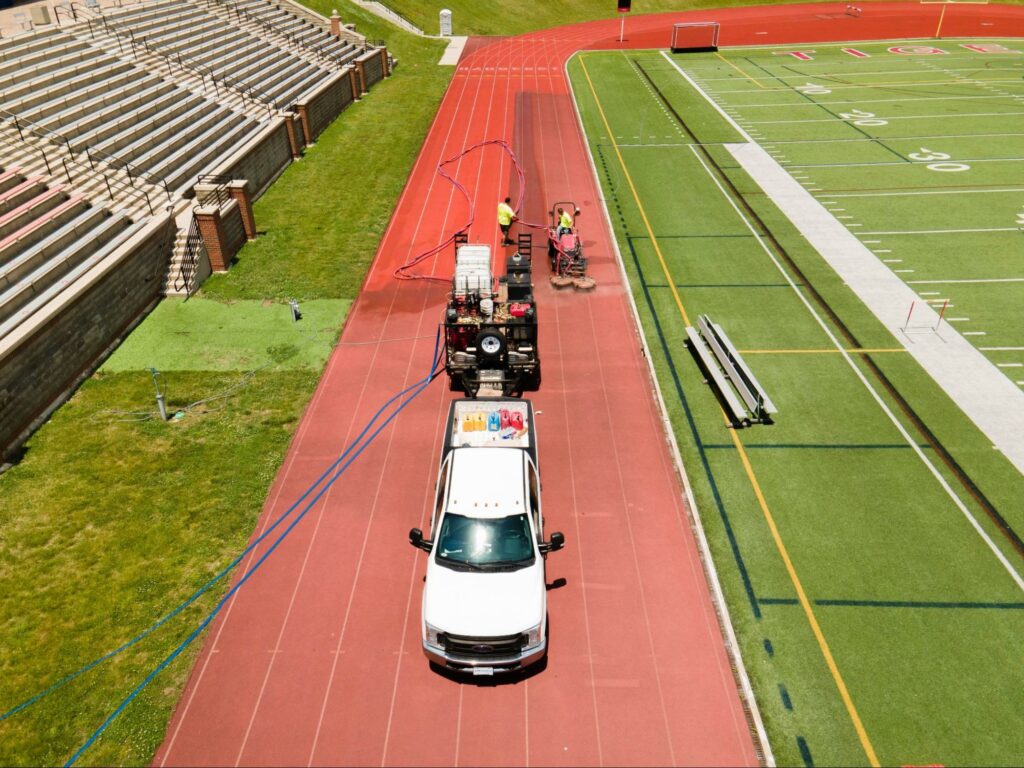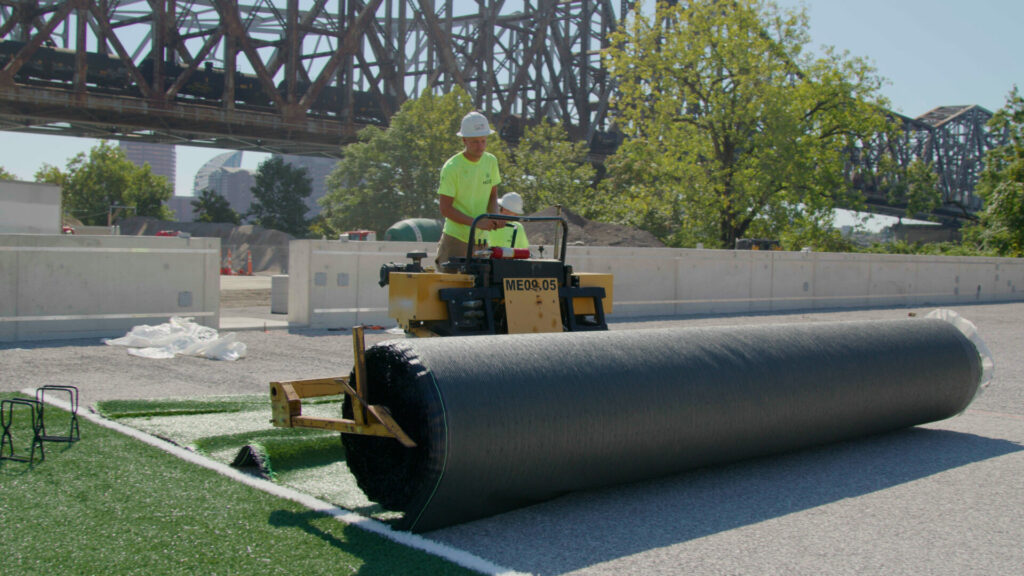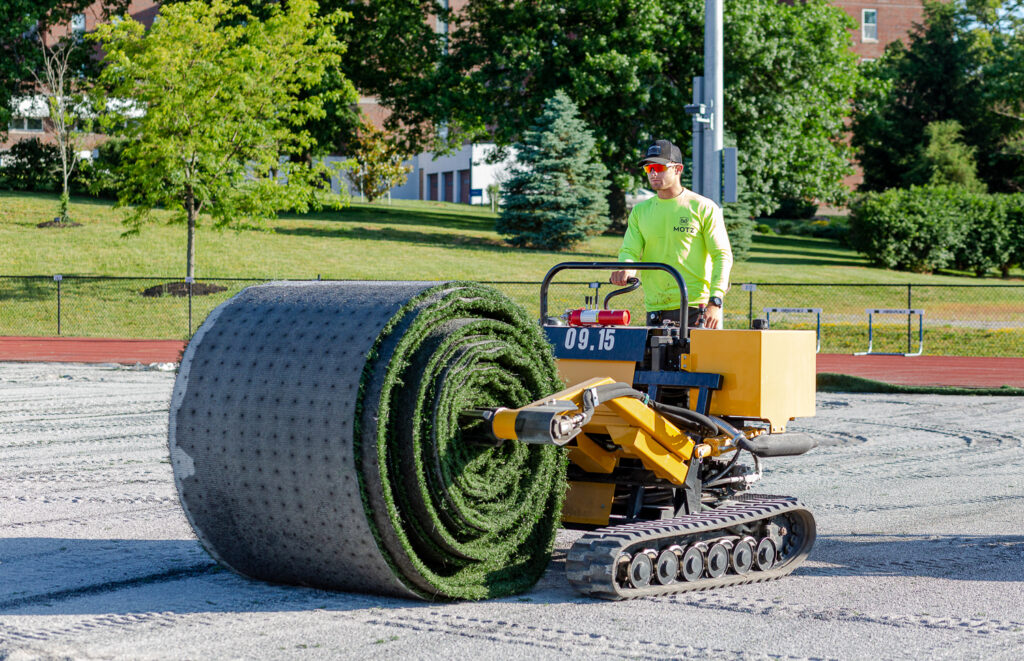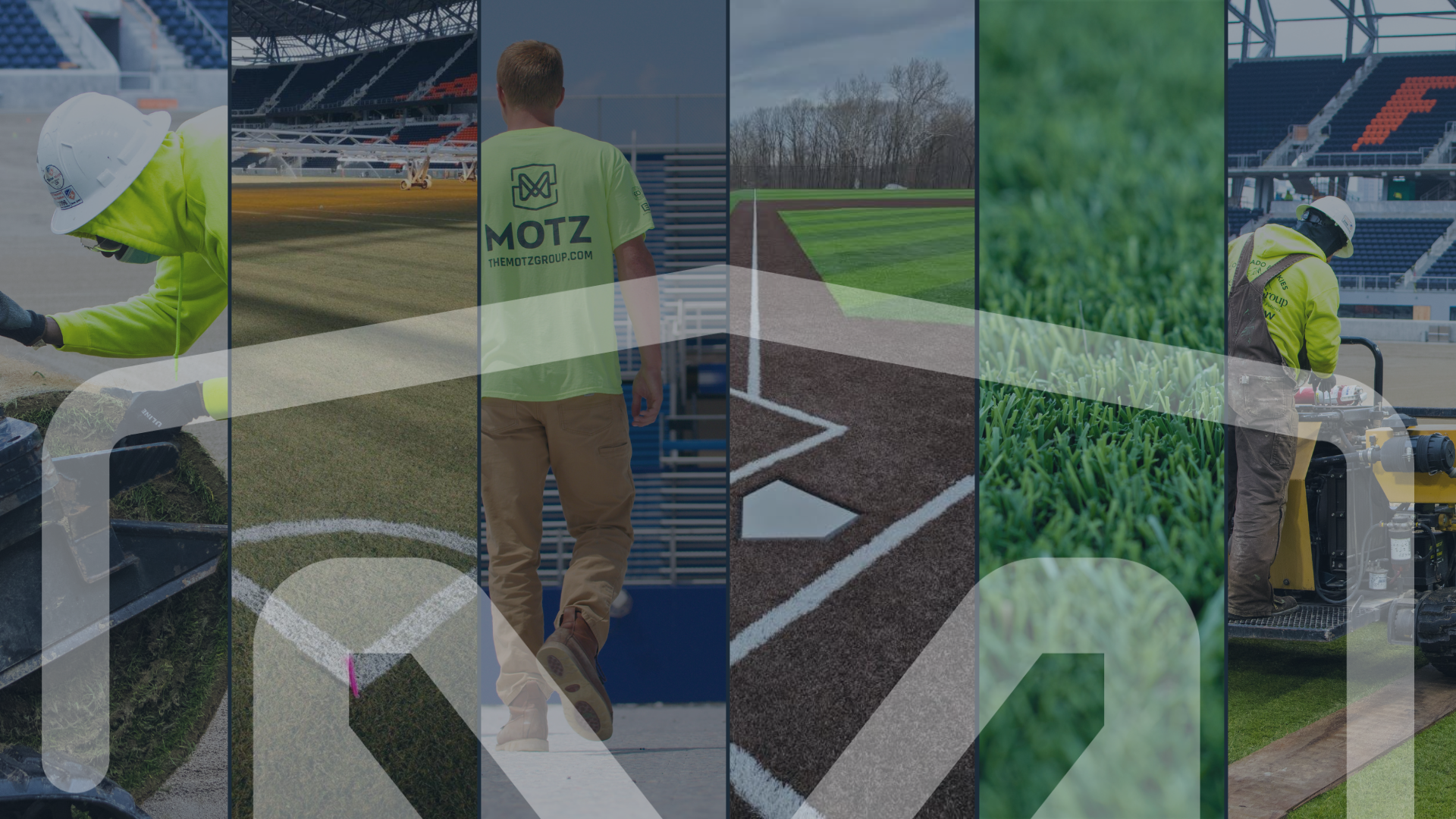
Sports Field Blog
Subscribe To Email Updates
Subscribe to our weekly newsletter and we’ll send updates straight to your inbox
What Does Regular Maintenance of Artificial Turf Sports Fields Involve?
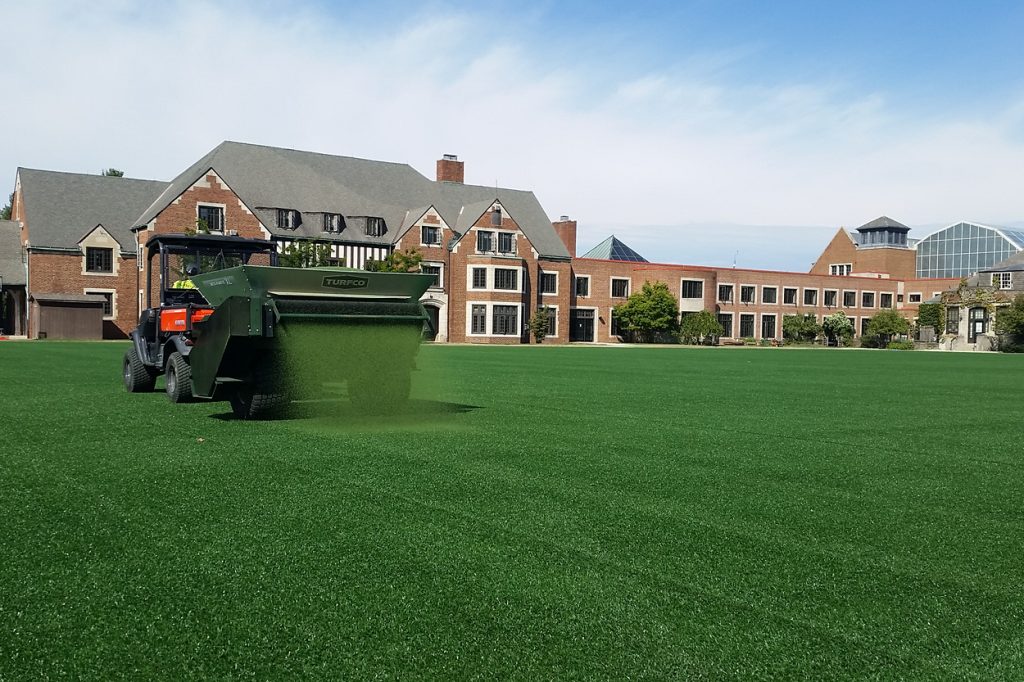
Whether you’re looking to install a brand new turf system at your school or recreation center, or you’d like to hone in on the best practices of maintaining an existing artificial grass field, use these golden rules of turf maintenance so that your synthetic turf athletic facilities are impeccable in quality and longevity. Turf systems are a smart investment, especially when you care for them properly. Fortunately, it doesn’t take much to maximize the longevity of your field.
The “dos” and “don’ts” of synthetic turf sports field maintenance
DO:
» Monitor use of and access to your field to ensure that it stays clean and free of litter, mud, and debris
» Post signs at all entrances to the field prohibiting smoking and carrying food or drink onto the synthetic turf system
» Observe load limits for static and rolling loads, especially when the surface is wet
» Use practice mats when possible or vary the location of practice drills to avoid excessive wear in a single location
» Only use vehicles with pneumatic tires
» Inspect your field regularly for damaged seams, logos, and inlays
» Contact your turf installer to report and request service on any repairs
» Leverage an annual deep clean service for your turf surface
DON’T:
» Put heavy static loads on your turf system
» Set off fireworks or open flames on the synthetic turf field
» Store anything on the field’s surface (ie musical instruments, lumber, landscape equipment, etc.)
» Allow athletes to wear long metal spike shoes/cleats
» Allow the use of medicine balls or heavyweights
» Drive any vehicle with tractor tires, non-pneumatic tires, or tires inflated above 35 psi on your artificial turf field
» Use wire brushes of any kind for any reason
» Use unauthorized cleaning equipment, materials, or methods. Check your warranty to see what equipment is authorized by your turf provider.
» Use high-pressure water sprays exceeding 300 psi
» Introduce infills or other impregnated layers to your turf system other than your existing infill, such as, Envirofill or Safeshell
» Ride bikes or lawnmowers on your synthetic turf sports field
» Allow golfing, shot putting, javelin, discus throwing
» Displace infill with direct water pressure. A dense infill such as Envirofill and Safeshell will not be affected heavily by this, but it is not recommended
» Pull individual fibers that stand up from the turf surface after the initial installation. These fibers may be present around inlays or change positions during de-compaction. Instead of pulling these fibers, simply trim them using scissors to avoid damage
Regular Maintenance of Synthetic Turf Sports Fields
We highlight key maintenance routine tasks in part 2 of this blog series, What does a great turf sports field maintenance routine look like?
Similar Blogs
